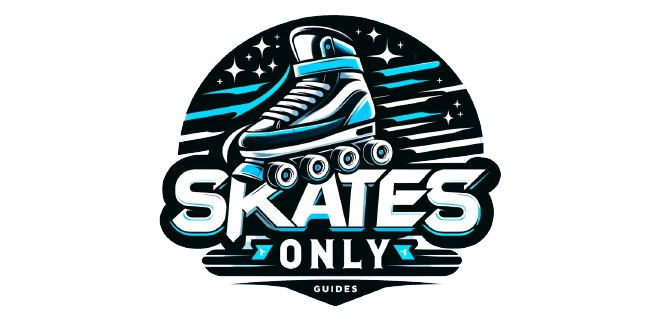Skateboarding, over the years, has evolved from a street-side pastime to a full-fledged Olympic sport. This transformation has not just elevated its status but has also sparked interest in skateboarding as a form of fitness.
Many now wonder, does skateboarding build muscle? This article dives into the crux of skateboarding as a physical activity and its impact on muscle development.

The Anatomy of Skateboarding
Skateboarding is a dynamic activity. It requires constant movement, balance, and physical effort. This sport engages various muscle groups in the body, making it an effective full-body workout.
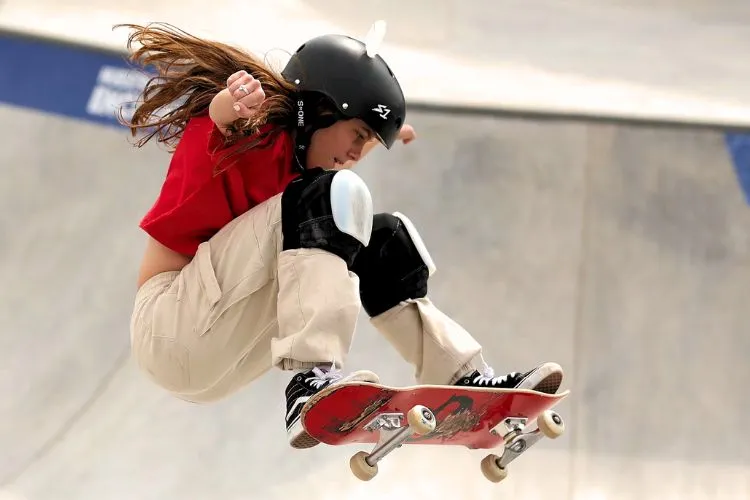
The key muscles at play include the leg muscles—calves, hamstrings, and quadriceps—vital for pushing off, maneuvering, and maintaining balance. The act of steering the board and performing tricks also works the core muscles, aiding in balance and posture.
Moreover, the upper body, especially the arms and shoulders, get a workout from maintaining balance and performing skateboarding tricks.
Does Skateboarding Build Muscle?
Skateboarding offers a unique approach to muscle building. Unlike traditional muscle-building exercises that often focus on specific muscle groups, skateboarding engages multiple muscles simultaneously.
The continuous use of leg muscles in pushing and balancing develops strength and endurance in the calves, quadriceps, and hamstrings. The core muscles, including abs and lower back, are constantly at work, ensuring stability and control on the board.
This constant engagement not only builds muscle but also improves overall body balance and coordination. The upper body benefits are more subtle but significant.
Steering the board and maneuvering through the streets or ramps engages the arms and shoulders, building strength through resistance and movement.
You may also read: Does Inline Skating Help You Lose Weight?
Skateboarding vs. Traditional Muscle-Building Exercises
When compared to traditional exercises like weight lifting, skateboarding may not offer the same level of muscle isolation. However, it does provide a comprehensive muscle workout that emphasizes not just strength but also balance and endurance.
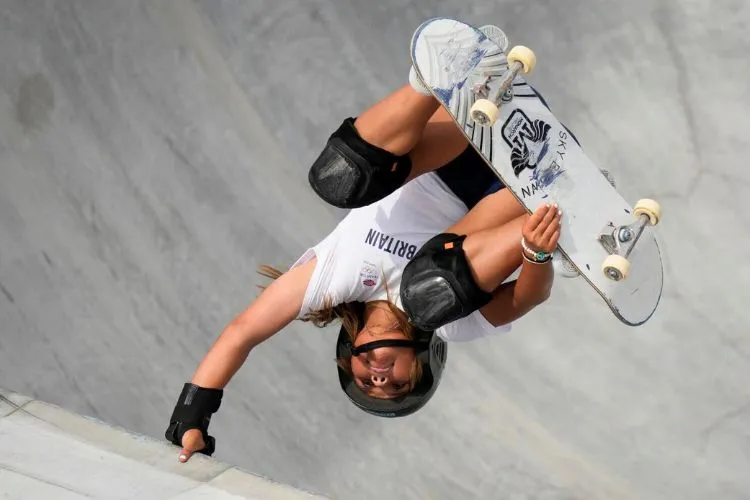
Skateboarding integrates cardiovascular effort with muscle engagement, offering a holistic fitness routine. For those seeking to add variety to their fitness routine or engage multiple muscle groups simultaneously, skateboarding presents an attractive alternative.
Optimizing Your Skateboarding Routine for Muscle Building
To maximize the fitness benefits of skateboarding, incorporating different styles and maneuvers can help target various muscle groups.
For example, practicing tricks or skating in skate parks can increase the workout intensity, engaging more muscle groups. Longboarding, which involves longer distances, can help improve endurance and leg strength.
Regular practice is key. A consistent skateboarding routine, mixed with specific maneuvers tailored to target muscles, can enhance muscle strength and endurance.
Addressing Common Myths and Misconceptions
One common myth is that skateboarding only builds leg muscle. Though leg muscles are significantly engaged, skateboarding offers a comprehensive workout that includes the core and upper body.
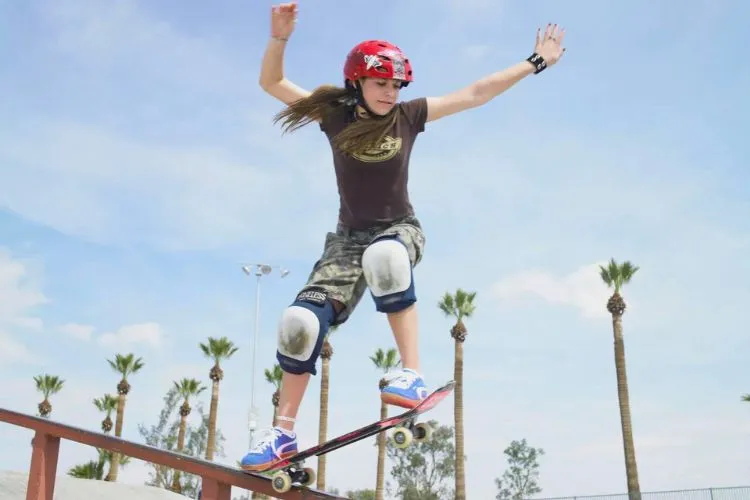
Another misconception is that skateboarding cannot provide the same physical benefits as gym workouts. While different, skateboarding offers unique benefits such as improved balance, coordination, and an engaging form of cardiovascular exercise.
Safety and Preventive Measures
Safety in skateboarding cannot be overstated. It is crucial to wear protective gear, including helmets, knee and elbow pads, and wrist guards, to minimize the risk of injury.
Additionally, starting slow, learning the basics, and gradually progressing to more complex maneuvers can prevent strain and injury, making skateboarding a healthy and enjoyable form of exercise.
Nutrition and Recovery for Skateboarders
Nutrition plays a pivotal role in muscle building and recovery, especially for skateboarders who engage in rigorous physical activity. The right balance of nutrients helps fuel skateboarding sessions and supports the repair and growth of muscles afterward.
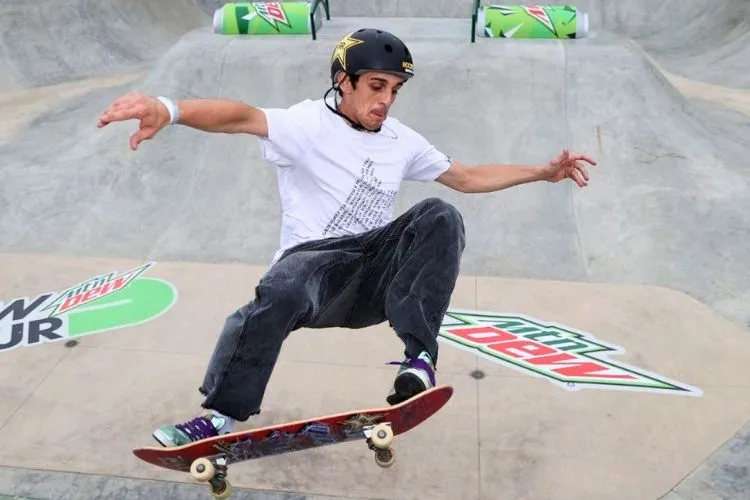
Protein is crucial for muscle repair, while carbohydrates replenish energy stores depleted during intense skateboarding. Adequate hydration and electrolytes are also essential to prevent cramps and ensure optimal muscle function.
For optimal recovery, skateboarders should focus on foods high in protein such as chicken, fish, tofu, and legumes, alongside complex carbohydrates like whole grains, fruits, and vegetables. These foods not only assist in muscle repair but also provide the energy needed for skateboarding.
Incorporating healthy fats from sources like avocados, nuts, and seeds can further support muscle health. Within 30 minutes to an hour post-skateboarding, consuming a balanced meal can significantly enhance muscle recovery and growth, preparing the body for the next session.
Skateboarding and Cardiovascular Health
Skateboarding contributes to cardiovascular health by elevating the heart rate, fostering endurance, and promoting healthy blood flow—key components for a healthy heart.

The dynamic movements and continuous effort required in skateboarding stimulate the cardiovascular system, improving heart function and reducing the risk of heart-related diseases. Balancing cardio with muscle building in skateboarding involves integrating sessions that focus on endurance and sessions aimed at strength and trick practice.
To achieve this, skateboarders can alternate days between long, steady rides for cardiovascular endurance and shorter, intense sessions focusing on tricks and skatepark routines for muscle building. Incorporating variety ensures that the heart gets a good workout, while different muscle groups are engaged and strengthened.
Additionally, allowing rest days between intense sessions helps prevent overexertion, supporting both muscle recovery and cardiovascular health. This balanced approach optimizes the health benefits of skateboarding, making it an effective workout for both the heart and muscles.
Frequently Asked Questions (FAQs)
Does skateboarding build leg muscle alone, or are there other benefits?
While skateboarding significantly engages the leg muscles, it also works the core and upper body, offering benefits like improved balance, endurance, and overall physical fitness.
How often should I skateboard to see muscle growth?
Consistency is key. Skateboarding 3-4 times a week, incorporating various styles and maneuvers, can lead to noticeable improvements in muscle strength and endurance over time.
Can skateboarding improve my overall fitness levels?
Yes. Skateboarding combines cardiovascular activity with muscle engagement, improving heart health, muscle tone, and physical coordination, leading to better overall fitness.
Conclusion
Skateboarding is more than just a sport or hobby; it’s an effective way to build muscle, improve fitness, and enhance physical endurance. By engaging multiple muscle groups, it offers a holistic workout that can be both fun and challenging.
Whether you’re looking to diversify your exercise routine or seeking an alternative to traditional muscle-building workouts, skateboarding offers a compelling option.

Matthew James is a passionate skater who wanted to create a platform to share his love for skating with others. With a vision to create a vibrant community of skaters, he aims to provide a space where skaters of all levels can connect, learn, and grow together.
